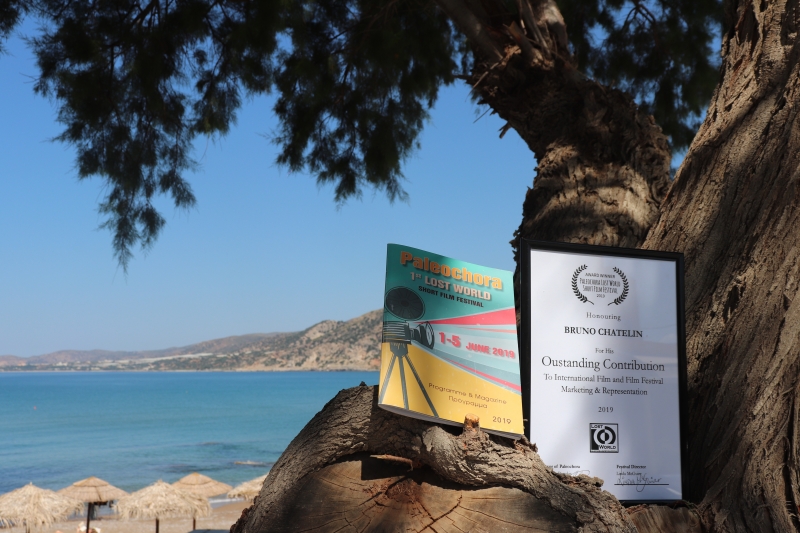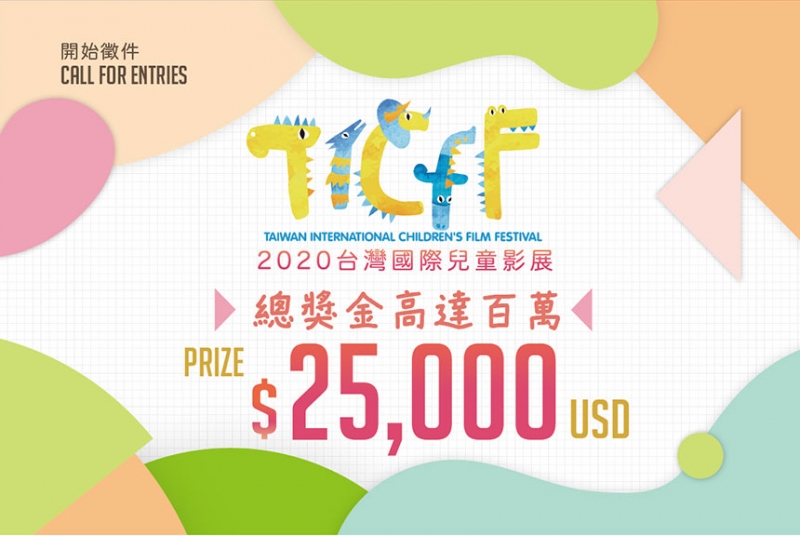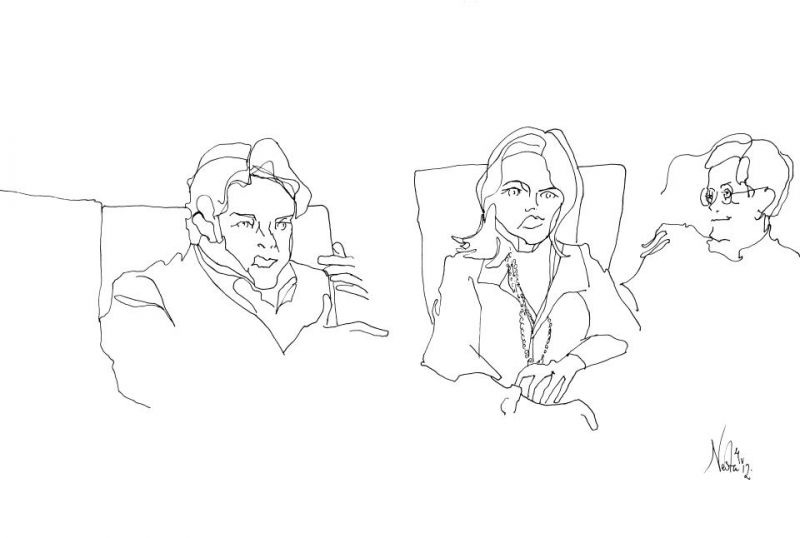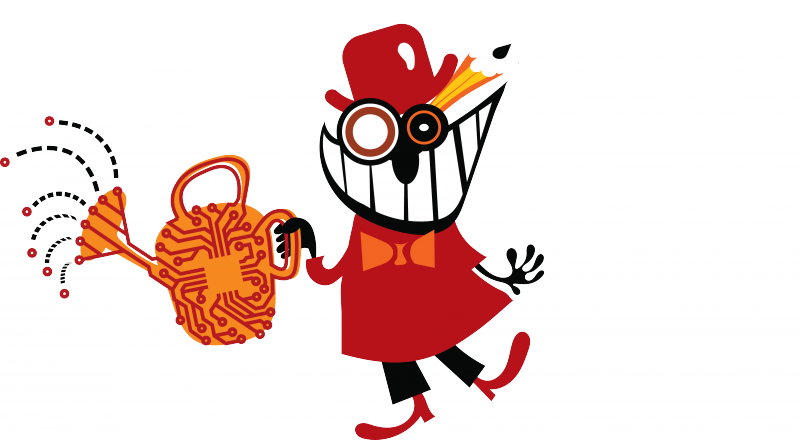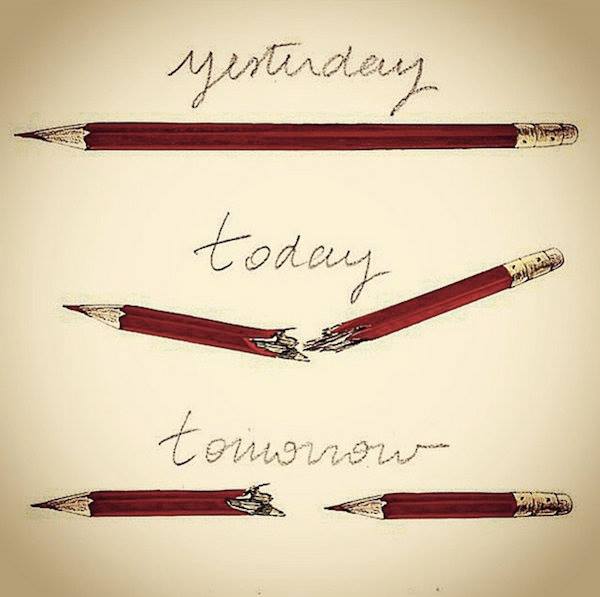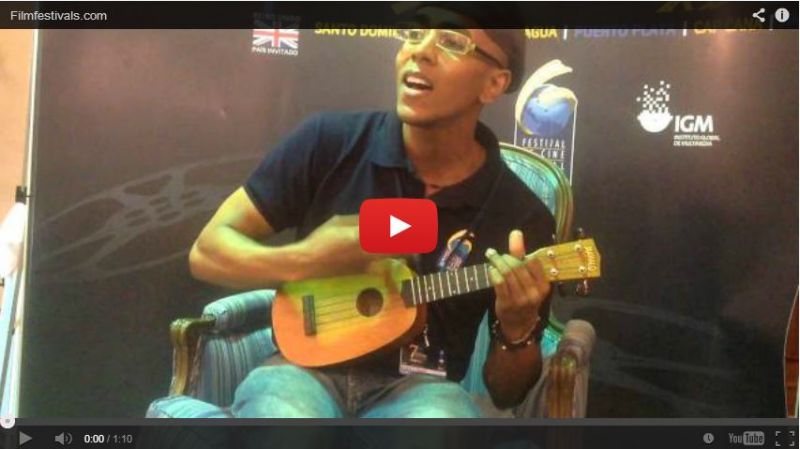For cineastes and critics, the Berlin International Film Festival, or Berlinale, is a frequent target of criticism, since it is argued that the official competition has become subverted by commercialism, that politics drives the final selection in the official competition, or that Dieter Kosslick’s craving for media attention prevails. Thus the chorus of nay sayers grew more intense this year. After all, having the Rolling Stones, Madonna, and Sharukh Khan on the red carpet and bestowing the Golden Bear on Jose Padiha’s ELIE SQUAD, a Brazilian thriller with alleged fascists tendencies, was too much to tolerate.
Spending this year fewer days at the Berlinale and attending primarily the Forum program, the Forum’s qualitative difference to the official competition was obvious to me. But the failure or success of the Berlinale cannot be measured assessing one component only. Rather the ensemble imports with 2008 constituting from my perspective another successful year for the Berlinale.
The Forum is a case in point. Not driven by box office concerns, the quest for the largest possible audience, or the need to placate cineastes or critics, the Forum presented again an outstanding selection of close to seventy productions from 33 countries. It included visions of several low budget film makers from a country not known for films, the Philippines, incorporated numerous productions that successfully combined narrative dramatic with documentary elements (MY WINNIPEG, Guy Maddin; UNITED RED ARMY, Wakamatsu Koji; THE INFINITE BORDER, Juan Manuel Sepulveda), and documentaries breaking new thematic grounds like Yoav Shamir’s FLIPPING OUT on thousands of former Israeli soldiers spending time in India using drugs to cope with their traumatic experiences. Among note worthy features reflecting a differentiated concern with young people were Kumasak Uzuru’s debut film ASYL – PARK AND LOVE HOTEL, and the subdued but beautifully photographed and composed
Turkish feature by Syif Teoman SUMMER BOOK.
Conversely the Japanese director Hirosue Hiromas depicted in a minimalistic visual approach in HIGURASHI the passage and eventual connection and redemption of five apparently failing. isolated and dysfunctional characters. A non-directive documentary by the Chinese film maker and anthropologist Li Ying complemented the strong Japanese presence at the 2008 Forum. He depicts YASUKUMI the principal Shinto shrine in Tokyo which honors and commemorates Japanese fallen soldiers including noted war criminals responsible for the savagery Japan imposed on China and other occupied countries.
The red threat in this sensitive production which provides no judging commentary by the director is provided by an old sword smith who lives in the temple.
The creative spirit of Forum programming is best expressed in Forum Expanded a side bar of the Forum which gains more prominence each year. Now in its third edition, this Forum section expands and cuts across the boundaries of film and video making, violates conventional ways of viewing (and consuming) visual images and sound but also had numerous installations and films which involve the viewer in a playful fashion.
Selections certainly provide a counter part to more serious political films in the forum program. There is a world of difference between Expanded Forum productions such as the playful GREEN PORNO by Isabella Rosselini in which viewers can detect with magnifying glasses the sex life of insects, as reenacted by actors and the breathing exercises in Franciska Cordes installation MIRAGE (CLUB “SILENCIO”) on one hand and the Forum’s magnificent portrait of Vaclav Havel in OBCAN HAVEL by Pavel Koutecky and Miroslav Janek and the investigation of Japanese student radicalism in Wkamatsu Kkoji’s UNITED RED ARMY on the other. Kent Monkman and Gisele Gordon reverse and demystify in their hilarious three shorts MISS EAGLE TESTICKLE TRILOGY Western narratives of the contact between the White man and Indian. The films are accompanied by several startling paintings also presenting homo-erotic phantasies.
Reviewing the expanded forum components comes close to taking a course on new artistic approaches and on the blurring and intermarriage of genres, as propelled by the new production technologies.
The large number of screenings, installations, cine talks and receptions in
numerous locations, including an art gallery, diplomatic venues, etc raises questions about the future of this program. After all more than fifty short films, seven cine talks, three long films and several installations were part of the Forum Expanded program with fifty creative and performing artists present. But as Christoph Terhechte suggest in an interview to be published next by filmfestivals.com if Forum Expanded continues to grow it may become a new section of the Berlinale,
Claus Mueller
New York Correspondent
filmexchange@gmail.com
 Chatelin Bruno
Chatelin Bruno 

















